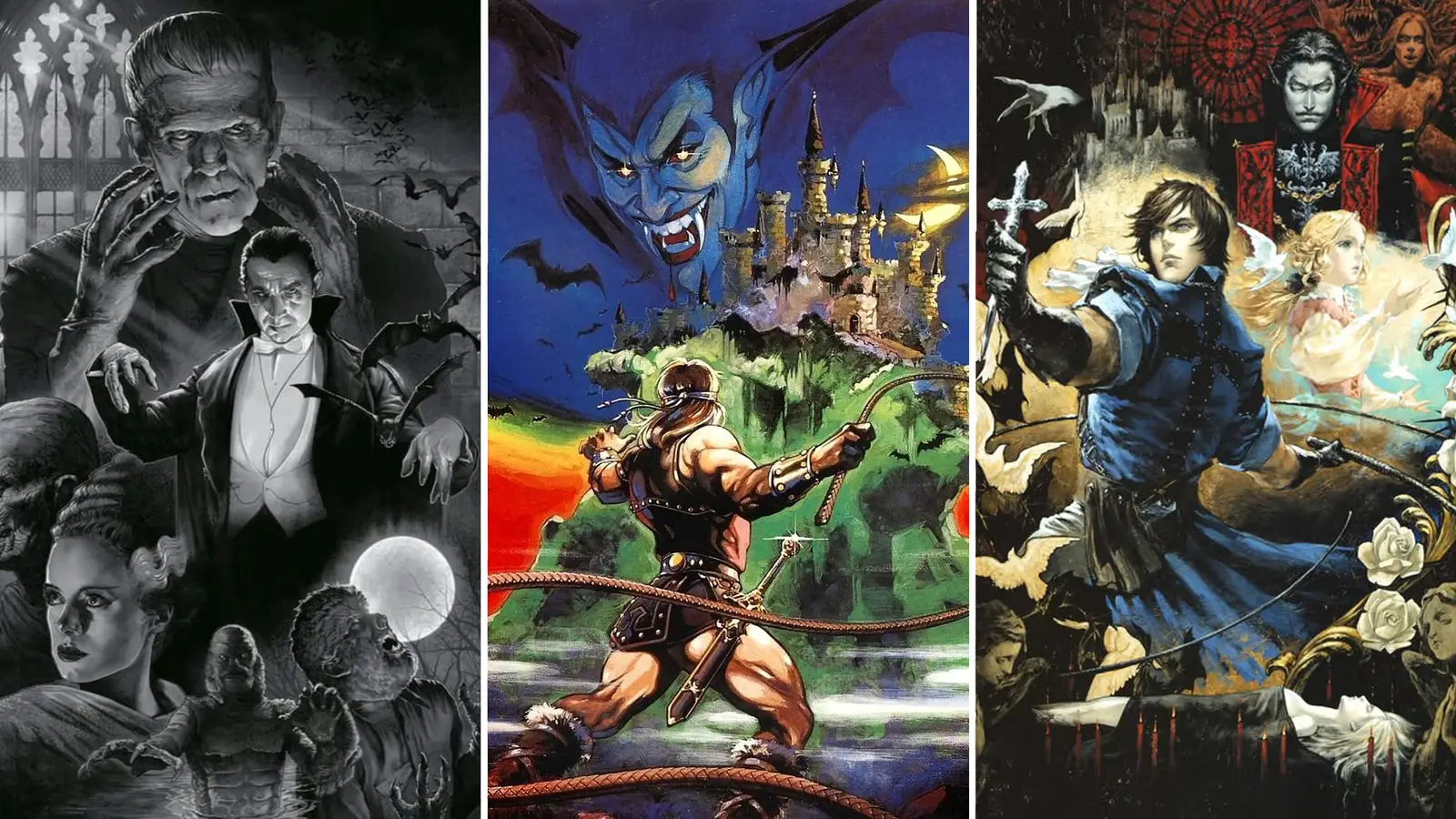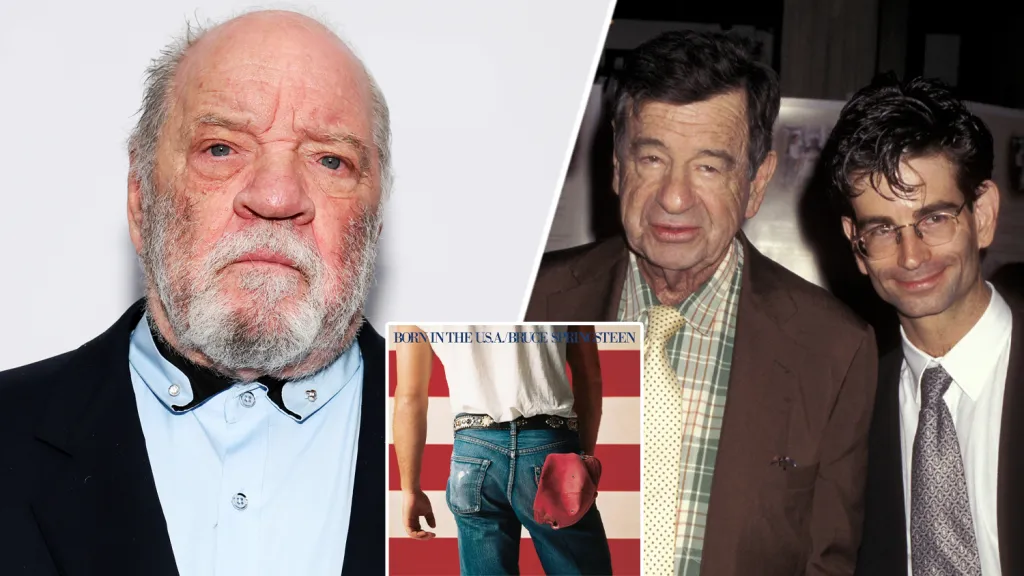Copyright XDA Developers

The Castlevania series is one of the most beloved and iconic action game and horror-themed franchises of all-time. Many people love the different iterations of the series that put players in the role of a vampire hunter standing against the forces of darkness led by the infamous vampire, Dracula. Whether it was the games on the NES, the iconic entries on the PlayStation, or any other modern-day video game console release, Castlevania games have been a staple of the action genre and continue to be very popular, especially during the Halloween season. But while the games have been front-runners of challenging and fun action games, their horror-inspired roots go pretty deep for those who love horror storytelling, and especially classic horror movies from throughout the decades. Many classic and iconic horror movies had a direct inspiration for what we see throughout the Castlevania series. This includes elements like enemies that the Belmonts fight, the many different characters we meet in various games, and so much more. What we know about Castlevania today, and what we love so much about it, simply wouldn't be the same without the clear inspirations from horror films that influenced what appeared in the many different games that make up the franchise. Here are three ways that the Castlevania series was inspired by classic horror films, and why we love to see it. The iconic Universal horror movies Roots all the way back to black and white Nearly every horror movie and piece of media can find some sort of inspiration that goes back to the classic Universal Studios movies of the 1930s through the 1950s. This was the golden age of horror movies, where iconic movie monsters and stories were brought to life on the silver screen. Characters like Dracula played by Bela Lugosi, Frankenstein's monster by Boris Karloff, the Wolf Man by Lon Chaney Jr., and so many others became legendary. The popularity of these films would kickstart many people's fascination with monsters that had deep lore to them, including many that originated from novels that had been around for decades prior. In many of the Castlevania games, you can see direct references to these types of monsters. Multiple enemies that appear in the games have similar, if not exact, designs that are directly pulled from the overall design of these classic movie monsters. The small hunchback flee enemies that are annoying to players in multiple games are a direct reference to Ygor from the Frankenstein sequels and The Hunchback of Notre Dame, while the towering Frankenstein monster that appears as a boss in the original Castlevania is a nod to the Boris Karloff interpretation of the monster. Even the design of the mummies, which have appeared as boss fights and standard enemies, look almost exactly the same as the iconic look from Universal's The Mummy film and its many sequels. Even though these types of references can be found all over the place throughout the series, some are taken to different lengths of creative liberty. One of the most popular characters in the series is Alucard from Castlevania III: Dracula's Curse and Castlevania: Symphony of the Night, who also appears in other titles throughout the series in varying capacities. The concept of Alucard can be traced back to the Universal Studios film Son of Dracula from 1943, in which Lon Chaney Jr. plays the son of the infamous vampire Dracula. In that film, the name Alucard spelled backwards is used as an indication of the character's connection to Dracula, which in turn helps with uncovering his identity. This aspect of the story has continued to stick with different interpretations over the years, even though the character has taken on a very different kind of importance within the Castlevania series. The spirit of Hammer horror A kind of blood connection Although the classic Universal horror films are a big part of the legacy of Castlevania, there's another kind of classic horror classics that had a big influence on the overall series. The Hammer horror films that were released from 1955 to the mid-1970s were a major inspiration to the creators of the Castlevania games. More specifically, the Hammer horror Dracula films, which started the series and had legendary actor Christopher Lee as the infamous vampire. Those films were much more graphic with their violence and gore, showcasing copious amounts of blood in some of their more horrifying scenes, which added to the tonal shift from the Universal classics. This included new interpretations of Dracula, The Mummy, Frankenstein's monster, The Phantom of the Opera, and other miscellaneous monster stories. The NES games in the Castlevania series have a closer tie to the Universal films, even though elements of Hammer horror inspiration can be found in them. It wouldn't been until many of the later entries in the series that more of the graphic characteristics of Hammer horror can be felt. Games like Castlevania: Rondo of Blood and even Castlevania: Symphony of the Night would embrace the idea of a blood-filled experience, with many characters being killed or destroyed in bloody ways. The opening cutscene that is shown in Castlevania: Rondo of Blood has a dark ceremony that brings Dracula back to life, with a similar tone to what is found in some of the Hammer horror films like Dracula: Prince of Darkness. As the franchise continued to evolve over the years, the idea of gore and brutality was shown a bit more in later games, mostly due to technology getting better for different consoles and more tools for developers to create games with a better presentation. At some point, the Castlevania games would take on a more anime-inspired design, especially during the Game Boy Advance and Nintendo DS era. However, the games still didn't shy away from getting a bit more bloody when necessary. After the reboot of the series with Castlevania: Lords of Shadows, things would be dialed back a bit with the blood, but the brutality of the combat against monsters would still evoke some of the same kind of viciousness from the Hammer horror films. Outside the boundaries of horror A few more monstrous bits One fun aspect about Castlevania is the wide range of diversity of enemies and their designs found throughout the series. The Belmont clan doesn't have to deal with just the vampire Dracula, but his minions of darkness that continue to spawn and appear whenever the Belmont clan enters Castle Dracula. And while a good number of those monsters are directly inspired by the Universal classic horror films, some of them are also based on other movies that aren't part of that series. A few of the monsters are actually based on other films that are outside the horror genre, but are still viewed as classics regardless. The medusa enemies, including the boss from the original Castlevania, found in multiple games are very similar in design to the medusa that is from the 1981 film Clash of the Titans. Everything from cutting off the head of a medusa to being frozen in stone from their power is inspired by the film's interpretation and the original Greek myth of the monster. The same type of enemy can be found in Castlevania: Symphony of the Night, which are often seen as floating heads that can freeze Alucard in stone when he's hit by them. Earlier Castlevania titles, like Castlevania III: Dracula's Curse and Super Castlevania IV, have the same kind of enemy appear, but doesn't turn Trevor Belmont or any of the other heroes into stone when hit by them. Later games would take a variety of creative liberties with the monsters and showcase them in different ways, including boss battles and using them as standard enemies. Other monsters that are inspired by Clash of the Titans, such as skeleton warriors and other beasts, can be seen throughout the series in multiple games, with multiple variations to them. Another major enemy that appears in multiple games is the Grim Reaper, also known as Death throughout the series. The design of Death is very traditional, with the Grime Reaper being shown with a dark cloak that wields a large scythe, sometimes with a skull for a face. Death appears as a boss and key story character in multiple Castlevania titles, including the Lords of Shadows games. But part of the way Death is interpreted in the series is based on a 1957 film called The Seveneth Seal, which has The Grim Reaper appear as a dark figure that plays chess with a knight to delay his impending death. The design of the Grim Reaper in that film has influenced many other interpretations in other forms of media, including Castlevania. In Castlevania: Curse of Darkness on the PlayStation 2, Death appears as a priest that takes on a different name that is an anagram for the word "death", revealing his identity later in the story. However, the look and relevance of Death in the series has remained very consistent throughout the history of the franchise, even though he's not the focal point of the stories. What's old feels fresh in Castlevania



